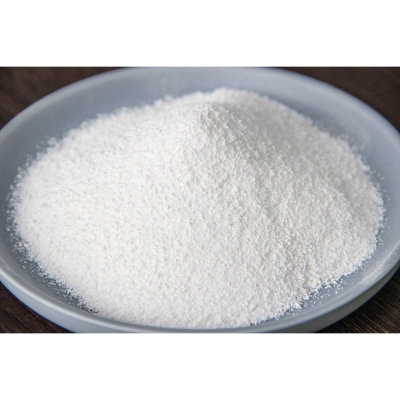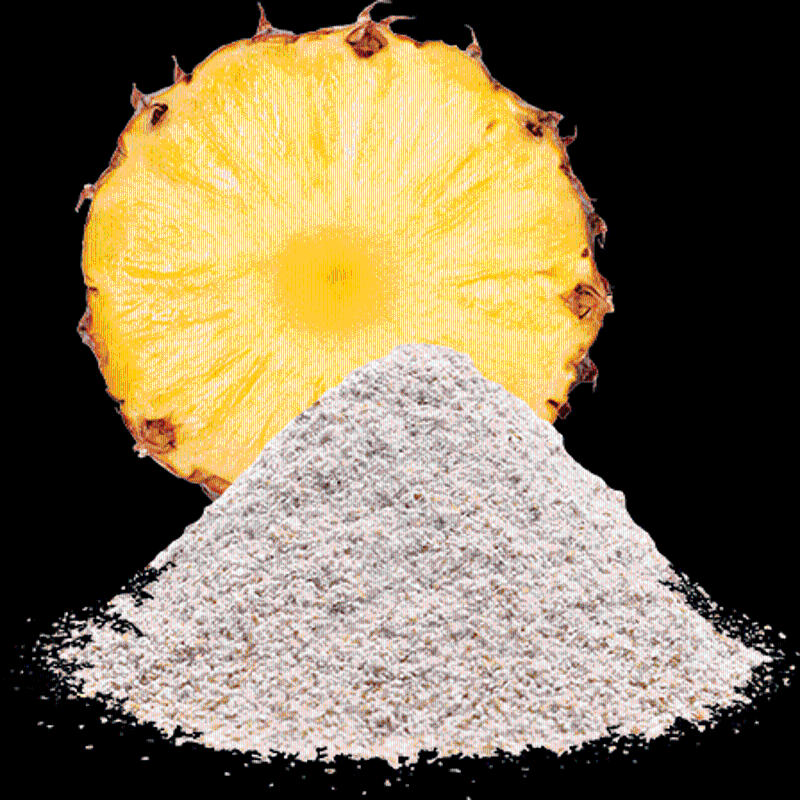-
Categories
-
Pharmaceutical Intermediates
-
Active Pharmaceutical Ingredients
-
Food Additives
- Industrial Coatings
- Agrochemicals
- Dyes and Pigments
- Surfactant
- Flavors and Fragrances
- Chemical Reagents
- Catalyst and Auxiliary
- Natural Products
- Inorganic Chemistry
-
Organic Chemistry
-
Biochemical Engineering
- Analytical Chemistry
-
Cosmetic Ingredient
- Water Treatment Chemical
-
Pharmaceutical Intermediates
Promotion
ECHEMI Mall
Wholesale
Weekly Price
Exhibition
News
-
Trade Service
Du Xinjun, Secretary of the Party Committee and Dean of the School of Food Science and Engineering, Tianjin University of Science and Technology
Since the global spread of the new crown pneumonia epidemic, biosecurity has become one of the major threats to the survival and development of the world and all mankind.
In this issue of China Foods Think Tank, Du Xinjun, an expert from China Foods Think Tank, Secretary of the Party Committee and Dean of the School of Food Science and Engineering, Tianjin University of Science and Technology, is invited to write a signed article on "Monitoring of food-borne pathogenic microorganisms and safeguarding 'the tip of the tongue'" , share your own unique perspective
Du Xinjun (middle), Secretary of the Party Committee and Dean of the School of Food Science and Engineering, Tianjin University of Science and Technology
Food Safety and Foodborne Pathogenic Microorganisms
Food safety is a major basic livelihood issue related to people's health
Food-borne pathogenic microorganisms refer to microorganisms that can cause various damages and even death to the human body through food media
At present, the frequent political, economic and cultural exchanges around the world, the large increase in population mobility, and the increase in the frequency of trade and travel have further increased the risk of biological pathogen transmission, making it more difficult to prevent and control some new diseases, including food-borne diseases.
Detection of foodborne pathogenic microorganisms
In recent years, food hygiene and safety incidents caused by the contamination of food-borne pathogenic microorganisms have received extensive attention from all walks of life.
traditional detection methods
At present, China's food microbiological testing method standards are mainly based on traditional testing methods
Molecular biology rapid detection technology
Molecular biology-related technology is one of the rapid detection methods for food-borne pathogenic microorganisms.
Immunological techniques
Immunological detection method uses the basic principle of specific binding between antigens and antibodies to detect microorganisms.
biological sensor
Biosensor is a new technology that combines emerging sensor technology and molecular diagnostic technology.
For a long time, researchers have been working hard to develop simple, fast, sensitive and accurate technologies to identify and differentiate various food-borne pathogenic microorganisms
Effective control strategies for foodborne pathogenic microorganisms
The effective prevention and control of food-borne pathogenic microorganisms is a necessary means to ensure the quality and safety of food and edible agricultural products.
At present, the first choice for preventing and controlling pathogenic microorganisms is still antibiotics.
Strengthening the establishment of surveillance systems for foodborne diseases
Establishing a sound and sound food-borne disease monitoring system, and implementing early warning and high-intensity monitoring of food-borne diseases will help reduce the occurrence of diseases, detect outbreaks of microbial food-borne diseases in time, and respond quickly to control them The spread of microbial foodborne illnesses
Screening of new safe antibacterial drugs
There are three methods of controlling pathogenic microorganisms: physical methods, chemical methods and biological methods
Improve the supervision of food safety in the whole process
Food contamination caused by food-borne diseases is mainly divided into three stages: personnel contamination, circulation contamination and raw material contamination, of which raw material contamination is the initial form of contamination.
Responsible editor: Zhao Yu Review: Peng Zonglu







